What does it cost to process a return from start to finish? How quickly can you turn a repair around? How many people will you need to scale up your forward logistics operations for a new project?
The answers to these questions – and many others – will impact the ROI you can expect from your forward and reverse logistics operations. When the numbers are higher than they should be, it’s time to evaluate your operations and look for ways to streamline processes, reduce costs and errors, and optimize resources.
To make accurate decisions that improve your ROI, you need a systematic way to capture the right data, analyze it, and track key KPIs. You can use that information to simplify, standardize, and automate your workflows.
Tracking the Right KPIs
The problem is that data often becomes trapped in silos where it can’t be analyzed or accessed to support decision-making or worse, not captured at all. That’s where our cloud-based SaaS solution, WipIT, comes in. With WipIT, you can track all your critical forward and reverse logistics operational data in one system so it’s immediately visible when needed.
But which KPIs should you be tracking? Let’s look at 5 key metrics to prioritize and how WipIT can help you improve your ROI based on those KPIs.
1. Turnaround Time (TAT)
Turnaround time measures how long it takes to process a unit from point A to point B (for example, from receipt to shipment). The expected turnaround time is usually tied to an SLA, and process efficiency is critical so products don’t sit in the warehouse longer than expected. Reducing TAT in reverse logistics can significantly cut costs by reducing inventory overhead and improving efficiency.
How WipIT Boosts TAT:
WipIT tracks every data point from receipt to ship and every step along the way and flags can be configured when it needs to be shipped to meet the SLA. This data can be accessed at a moment’s notice, making it easy to see whether processes are efficiently meeting expected TAT. At Triage, WipIT is a key component when we are providing onsite colocation services for our clients to ensure that we meet SLAs and customer requirements.
2. Bounce Rate/Repeat Returns
Bounce rate is a critical KPI for service providers that refurbish products, such as electronic repairs, for customers. It tracks which units are repaired and then returned for the same or additional repairs within a set period (usually 90 days). If a product is returned multiple times, especially for the same problem, that’s a red flag. Lowering this rate enhances customer satisfaction and reduces operational costs.
How WipIT Reduces Repeat Returns:
WipIT tracks, how many times the product was returned, who touched it and when along with what was done to it each time, and more. With this information, you can generate weekly and monthly reports to identify which products are consistently returned for the same problem. This drives ECOs to improve product reliability in the future.
3. Labor Costs
Labor costs are calculated by tracking the amount of time spent processing a product within the operation. Inefficient processes increase labor costs exponentially over time, both in hours worked and opportunity costs if a quote is too low. For example, if you quoted a job at 40 minutes per product, but it takes 50 minutes to complete, then a price increase or staffing increase is required. Efficient labor management can lead to substantial savings in reverse logistics.
How WipIT Helps Control Labor Costs
If you can’t easily see how much time you spend per process per item, you won’t know whether your quotes are accurate or whether you are staffing the right number of people. WipIT timestamps every step in a process so you can see exactly when it becomes more or less efficient. Using this data, you can adjust project quotes and staff requirements accordingly.
4. Materials Costs
To create an accurate quote for a customer, you need to know how much it costs to repair or refurbish an item, including the cost of materials consumed within a repair. If it costs more to complete the repair than you expect, you will lose profit. This is known as a Beyond Economical Repair (BER), and it can be a costly problem if you can’t accurately track your costs. Using materials efficiently is critical for reducing waste and improving profitability.
How WipIT Reduces Material Costs
WipIT tracks the materials consumed for each repair providing insight into how much you spend on product materials based on the parts used so you can easily if the right components are used the first time. The number of tech-damaged parts vs. defective parts received from the supplier. With this information, you can determine if training is required or return parts for RMA credit creating a more profitable operation.
5. Repair Rate
Repair rate tracks the ratio of successful repairs to total repairs. Calculate this number by dividing the total number of successful repairs by the total number of repairs processed within a given time period. This number helps you gauge the efficiency and profitability of repair processes and identify opportunities for improvement. A higher successful repair rate indicates effective repair processes and boosts customer trust.
How WipIT Improves Repair Rate
WipIT tracks the quality of work performed by each operator allowing management to identify individuals who may require additional training to perform the repair right the first time.
Optimize Workflows for Maximum ROI
Once you have the right data, you can leverage it to improve efficiency, reduce errors, and boost overall ROI. WipIT makes that process easy and quick. With WipIT, you can update your workflows with just a few clicks rather than waiting weeks for a developer.
Ready to streamline your warehouse workflows and boost ROI on your logistics operations? Contact us today to learn more!
